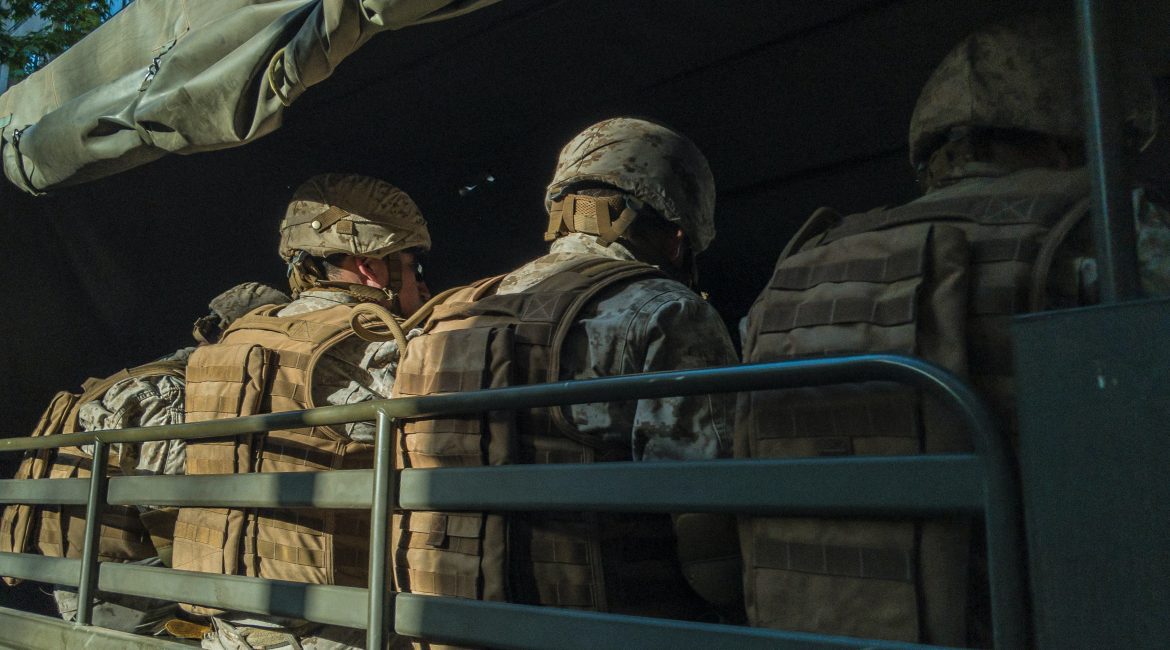Russia, which invaded Ukraine on February 24, 2022, is militarily present in Syria, where since 2015 it has been intervening alongside the forces of Bashar al-Assad's regime and has been able to test its armament and tactics.
It has strengthened its economic ties with this country, where the war has killed around 500,000 people since its outbreak in 2011, by the repression of pro-democracy demonstrations, but also marked its cultural imprint.
In 2015, Russia carried out its first airstrikes in Syria to support the regime's forces, which had been equally routed, against rebels and jihadists. This intervention marks a turning point in the conflict, allowing pro-regime forces to gradually regain lost territories.
According to Moscow, more than 63,000 Russian soldiers served in the Syrian campaign. It's unclear how many troops are still there today, but in 2019 Russia reported 3,000 of its troops deployed in Syria. Russia also has two military bases in western Syria: an air base at Hmeimim and a naval base at the port of Tartous. These bases are protected by defense systems equipped with S-300 and S-400 missiles.
Russia largely dominates Syrian airspace, as bomber aircraft such the Tupolev Tu-22 and Tu-160 struck targets repeatedly.
Russian warships and submarines have also contributed to the fighting, notably targeting the Islamic State (ISIS) jihadist group with missiles fired from the Mediterranean. Most Russian weapons systems have been tested in Syria, according to statements in 2021 by Russian Defense Minister Sergei Shoigu reported by the TASS news agency.
In the meantime, officials and observers have reported the presence of a "shadow army" of Russian mercenaries in Syria, including those working for the Russian private security company Wagner.
The Kremlin is also playing a growing role in the Syrian economy thanks to its strong political and military ties with the regime, which date back to the days of the USSR. Damascus and
Moscow have signed several agreements in recent years in the fields of energy, construction and agriculture.
The company Stroytransgaz obtained the management for a period of 49 years of the port of Tartous, one of the largest in Syria. This same company has signed an agreement for the production of phosphate in the region of Palmyra (center of Syria).
In March 2020, a contract valued at $22 million was concluded between Damascus and Stroytransgaz, according to the economic site "The Syria Report". It authorizes the Russian company to demine, rehabilitate, explore and develop the oil fields of Al-Thawra (east of Syria), with tax exemption, according to the site.
Syria awarded four other oil field exploration contracts to several Russian companies, between September 2019 and January 2020, according to the same source. Russian financial aid to Syria is very limited, but Moscow provides it with wheat.
President Vladimir Putin, who has visited Syria twice since 2017, is popular in regime-controlled areas. In villages near Russian military bases, photos of Mr. Putin and Russian flags decorate utility poles and buildings, as the markets and some government buildings.
In 2014, the Syrian Ministry of Education added the Russian language as an optional option in schools, in addition to English and French. More than 100 schools teach Russian and the Faculty of Letters of the University of Damascus houses a department of this language.
In the heart of Damascus, a Russian cultural center opened in 2019 and Syrian state television broadcasts a daily news bulletin in Russian.

